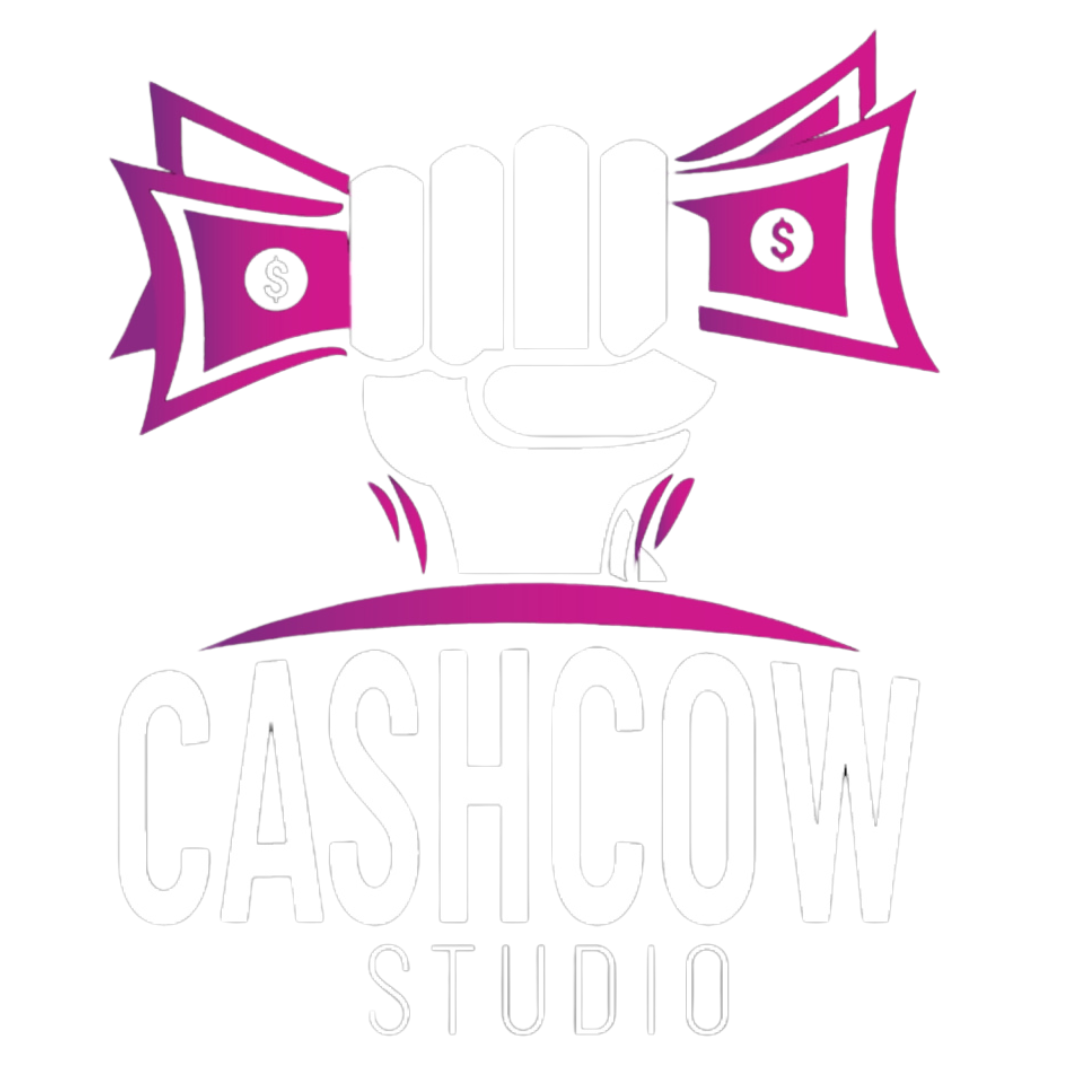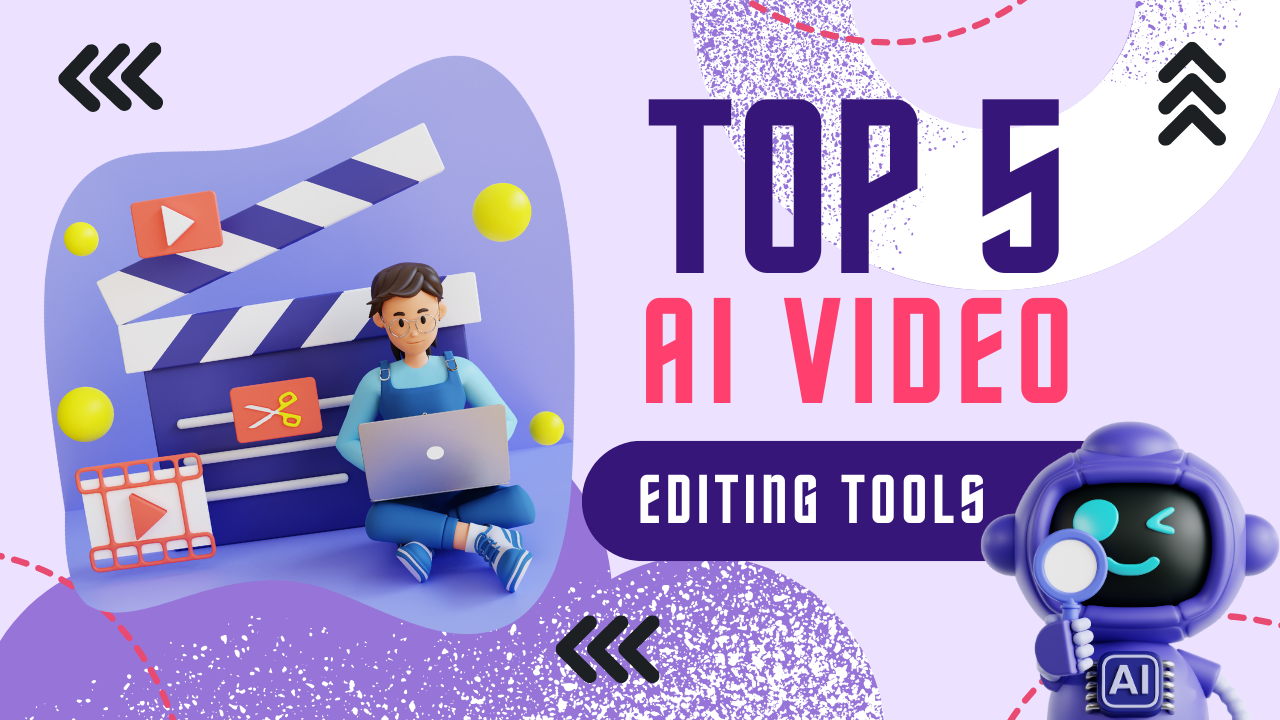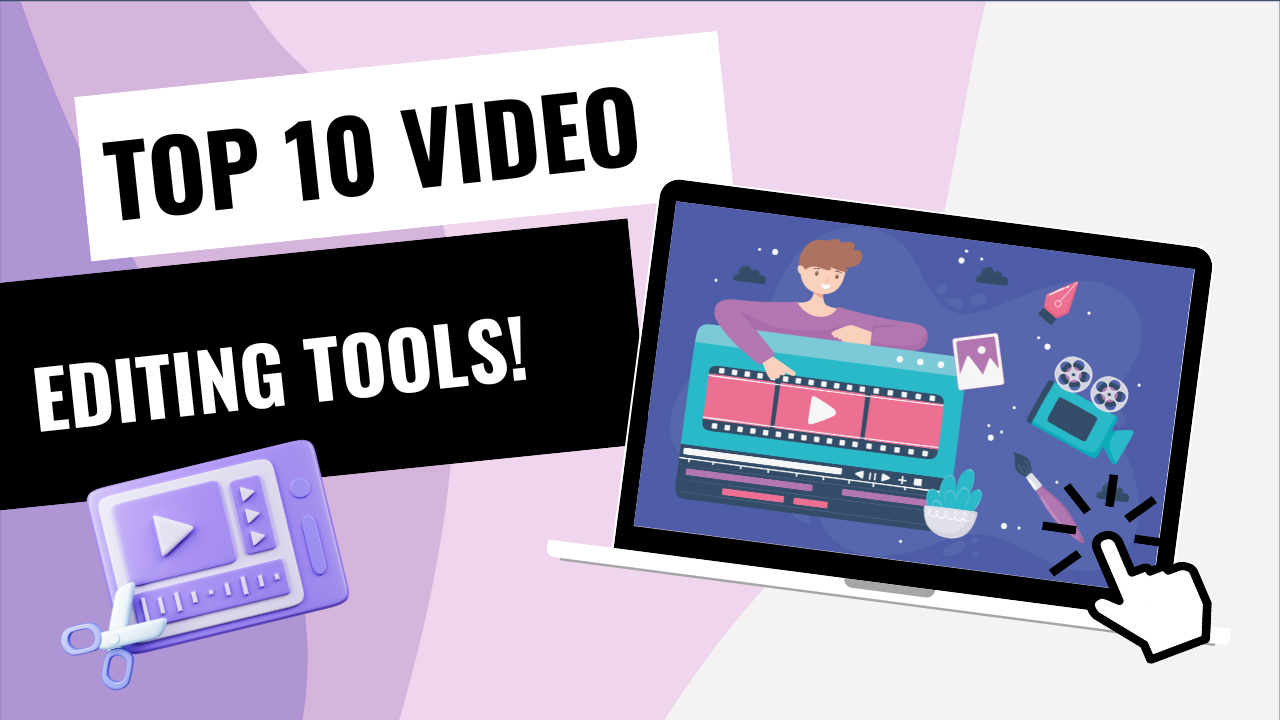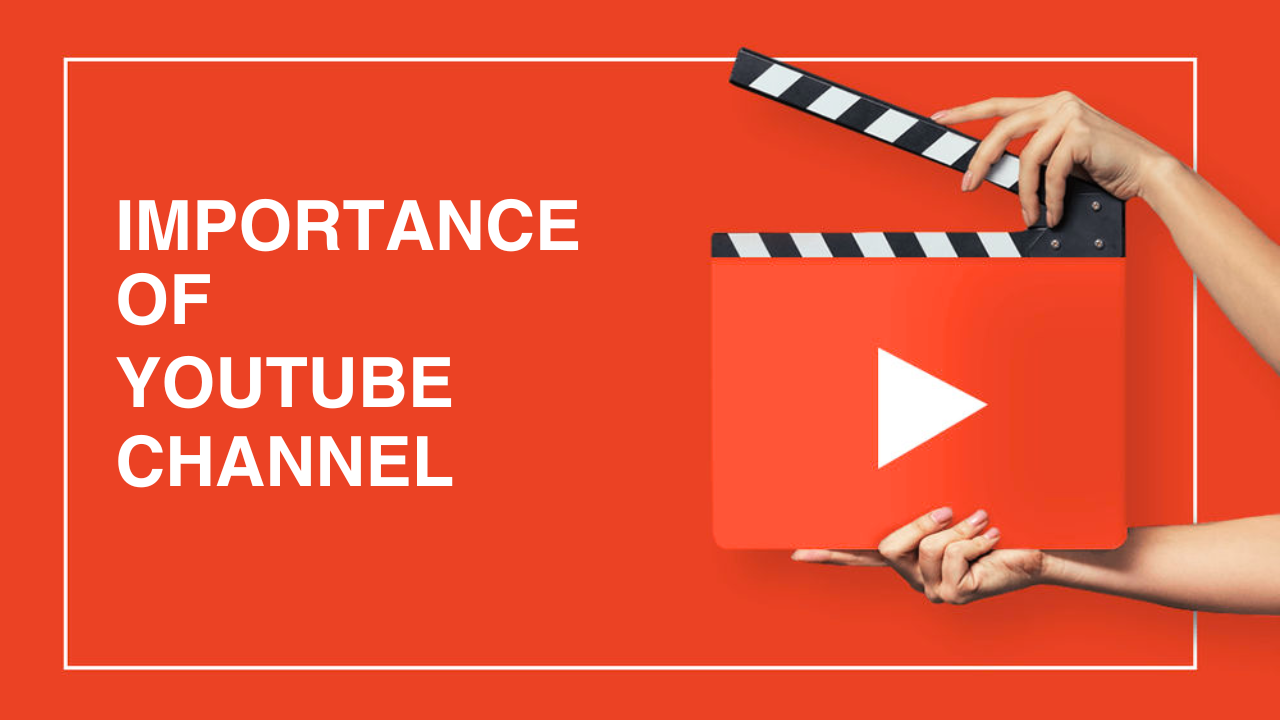Hey there! Have you ever wondered why some websites grab your attention while others make you click away in seconds? The secret is often excellent content creation. In today’s digital landscape, content isn’t just king—it’s the entire kingdom. Whether you’re a business owner, a blogger, or just someone looking to make a mark online, understanding how to create compelling content is crucial. In this comprehensive guide, we’ll see the world of content creation, exploring everything from identifying your audience to leveraging SEO best practices. So grab a cup of coffee, settle in, and let’s start this exciting journey together!
1. Understanding the Importance of Content Creation
Before we start, let’s talk about why content creation is so vital. In a world where information is at our fingertips, high-quality content sets you apart from the crowd. It helps you:
- Build Trust: Providing valuable information establishes you as an authority in your field.
- Engage Your Audience: Engaging content keeps visitors on your site longer, increasing the chances of conversion.
- Improve SEO Rankings: Search engines love fresh, relevant content, which can boost your visibility.
- Drive Conversions: Good content guides your audience through the buyer’s journey, leading to sales or other desired actions.
By focusing on creating top-notch content, you’re investing in the long-term success of your online presence.
2. Identifying Your Target Audience
You can’t create effective content without knowing who you’re talking to. Identifying your target audience is a critical first step. Consider factors like:
- Demographics: Age, gender, location, education level.
- Psychographics: Interests, values, lifestyles.
- Pain Points: Problems or challenges they face that your content can address.
Creating detailed buyer personas helps you customize your content to meet the specific needs and preferences of your audience. Remember, the more you know about your readers, the better you can serve them.
3. Setting Clear Goals for Your Content
What do you want to achieve with your content? Setting clear, measurable goals keeps your efforts focused and effective. Common objectives include:
- Increasing Website Traffic: Attracting more visitors to your site.
- Boosting Engagement: Encouraging comments, shares, and likes.
- Generating Leads: Collecting contact information for potential customers.
- Driving Sales: Convincing visitors to purchase your products or services.
By defining your goals upfront, you can create content that aligns with your broader business objectives.
4. Conducting Keyword Research
Keywords are the bridge between your content and your audience. Conducting thorough keyword research helps you understand what your potential readers are searching for. Tools like Google Keyword Planner, Ahrefs, and SEMrush can be invaluable here.
Look for keywords with:
- High Search Volume: Indicates a popular topic.
- Low Competition: Easier to rank for.
- Relevance: Aligns with your content and audience interests.
Incorporate these keywords naturally into your content to improve your SEO without sacrificing readability.
5. Creating Attractive Headlines
Your headline is the first thing people see—and you only get one chance to make a first impression. An attractive headline can significantly increase your click-through rates. Tips for creating great headlines include:
- Use Numbers: Lists are popular (e.g., “10 Tips for…”).
- Ask Questions: Engages curiosity (e.g., “Are You Making These Content Mistakes?”).
- Offer Solutions: Promise value (e.g., “How to Boost Your SEO Rankings Overnight”).
Remember to keep it clear, concise, and relevant to the content that follows.
6. Creating Engaging and Valuable Content
Now for the main event—writing the content itself. Your goal is to provide value while keeping your audience engaged. Here’s how:
- Use a Conversational Tone: Write as if you’re speaking directly to the reader.
- Break Up Text: Use subheadings, bullet points, and short paragraphs for readability.
- Include Real-Life Examples: Helps illustrate your points and makes them relatable.
- Provide Actionable Advice: Give your readers steps they can take immediately.
By focusing on your audience’s needs, you’ll create content that resonates and keeps them coming back for more.
7. Utilizing Visual Elements
A picture is worth a thousand words, and in content creation, visual elements can significantly enhance your message. Consider adding:
- Images and Graphics: Breaks up text and adds visual interest.
- Infographics: Great for presenting data and statistics.
- Videos: Engaging and can convey complex information effectively.
- Charts and Tables: Useful for comparing data points.
Ensure all visuals are high-quality and relevant to your content. Also, don’t forget to add alt text for SEO and accessibility purposes.
8. Implementing SEO Best Practices
Optimizing your content for search engines increases its visibility. Key SEO best practices include:
- Keyword Optimization: Use your primary and secondary keywords naturally throughout the content.
- Meta Descriptions: Write compelling summaries for search engine results pages.
- Internal and External Links: Link to relevant pages on your site and authoritative external resources.
- Mobile Optimization: Ensure your content is accessible and looks good on all devices.
- Page Speed: Optimize images and code to improve load times.
By following these practices, you make it easier for search engines to find and rank your content, increasing your reach.
9. Promoting Your Content
Creating great content is only half the battle—you also need to promote it. Effective content promotion strategies include:
- Social Media Sharing: Post on platforms where your audience is most active.
- Email Marketing: Send newsletters or updates to your subscribers.
- Engage in Online Communities: Share your content in forums and groups related to your niche.
- Influencer Outreach: Collaborate with influencers to expand your reach.
- Paid Advertising: Use platforms like Google Ads or social media ads to target specific audiences.
By actively promoting your content, you increase its visibility and potential impact.
10. Analyzing and Improving Your Content
The digital world is ever-changing, and continuous improvement is key. Use analytics tools like Google Analytics to track:
- Traffic Sources: Understand where your visitors are coming from.
- User Behavior: See how visitors interact with your site.
- Conversion Rates: Measure how well your content achieves its goals.
- Bounce Rates: Identify content that may need improvement.
Use this data to refine your content strategy, focusing on what works and addressing areas that need improvement.
11. Staying Updated with Industry Trends
The realm of content creation is dynamic. Staying updated with the latest industry trends ensures your content remains relevant. Ways to stay informed include:
- Follow Industry Leaders: Keep an eye on what influencers are saying.
- Subscribe to Newsletters: Get the latest news delivered to your inbox.
- Attend Webinars and Conferences: Learn from experts and network with peers.
- Participate in Online Courses: Upgrade your skills regularly.
By staying ahead of the curve, you position yourself as a knowledgeable and reliable source in your field.
12. Repurposing Content
Maximize the value of your content by repurposing it into different formats. For example:
- Turn Blog Posts into Videos: Cater to visual learners.
- Create Podcasts from Articles: Reach audiences who prefer audio content.
- Design Infographics: Summarize key points in a shareable format.
- Compile Guides into E-books: Offer them as downloadable resources.
Repurposing extends the life of your content and reaches different audience segments.
13. Building a Content Calendar
Consistency is crucial in content creation. A content calendar helps you plan and schedule your content in advance. Benefits include:
- Improved Organization: Keep track of topics, deadlines, and publishing dates.
- Balanced Content Mix: Ensure a variety of content types and topics.
- Alignment with Marketing Goals: Coordinate content with promotions and events.
- Time Management: Allocate time efficiently for content creation tasks.
By planning ahead, you maintain a steady flow of content, keeping your audience engaged.
14. Encouraging User Engagement
Engagement boosts your content’s visibility and builds a community around your brand. Encourage user engagement by:
- Asking Questions: Invite readers to share their thoughts.
- Responding to Comments: Show that you value their input.
- Running Contests or Giveaways: Incentivize participation.
- Creating Interactive Content: Quizzes, polls, and surveys can be highly engaging.
An engaged audience is more likely to become loyal followers and advocates for your brand.
15. Legal and Ethical Considerations
Last but not least, be mindful of legal and ethical considerations in content creation:
- Copyright Laws: Use only content and images you have the rights to.
- Citations and References: Give credit where it’s due.
- Privacy Policies: Be transparent about data collection.
- Accessibility Standards: Ensure your content is accessible to all users.
Maintaining high ethical standards builds trust and protects you from potential legal issues.
Conclusion
And there you have it, a comprehensive guide to mastering content creation! We’ve covered everything from understanding its importance to advanced strategies like repurposing and legal considerations. Remember, the key to successful content is providing genuine value while staying true to your brand’s voice.
Content creation is a journey of continuous learning and adaptation. The digital landscape evolves rapidly, but with the right strategies in place, you can stay ahead of the curve. So go ahead, apply these tips and tricks, and watch your content and your audience grow!




